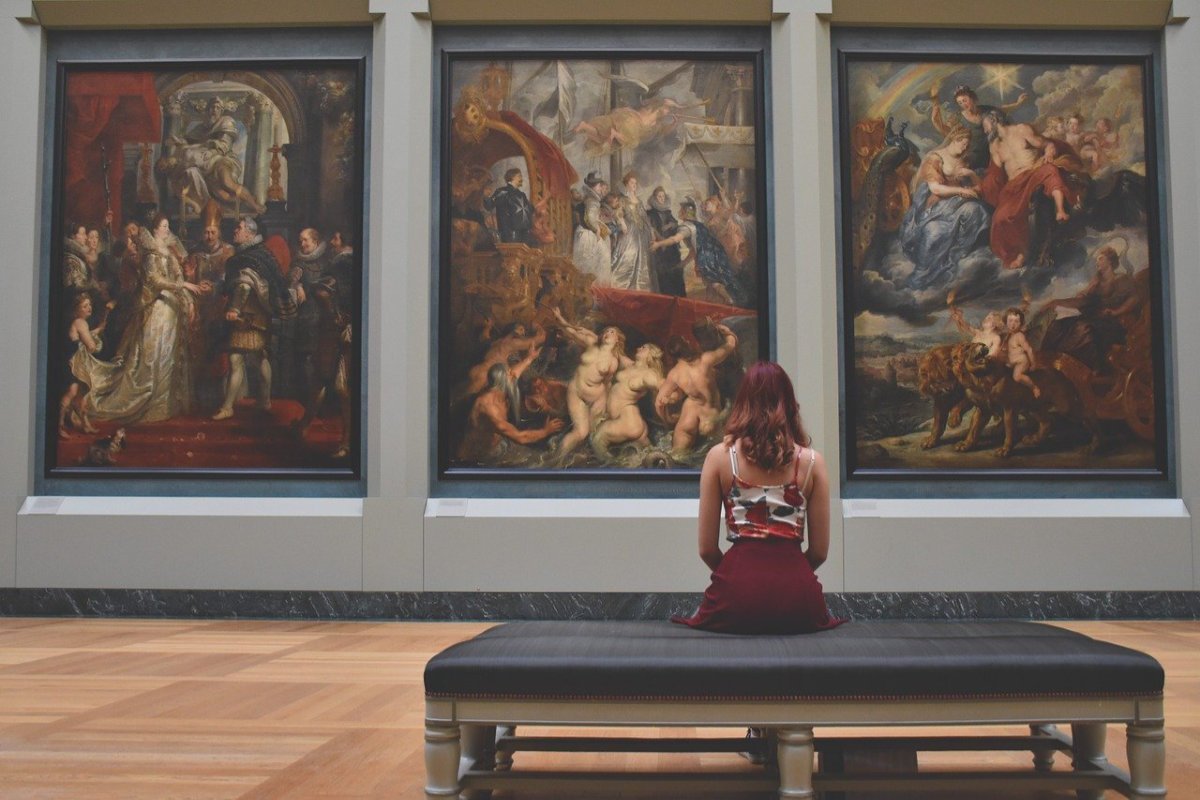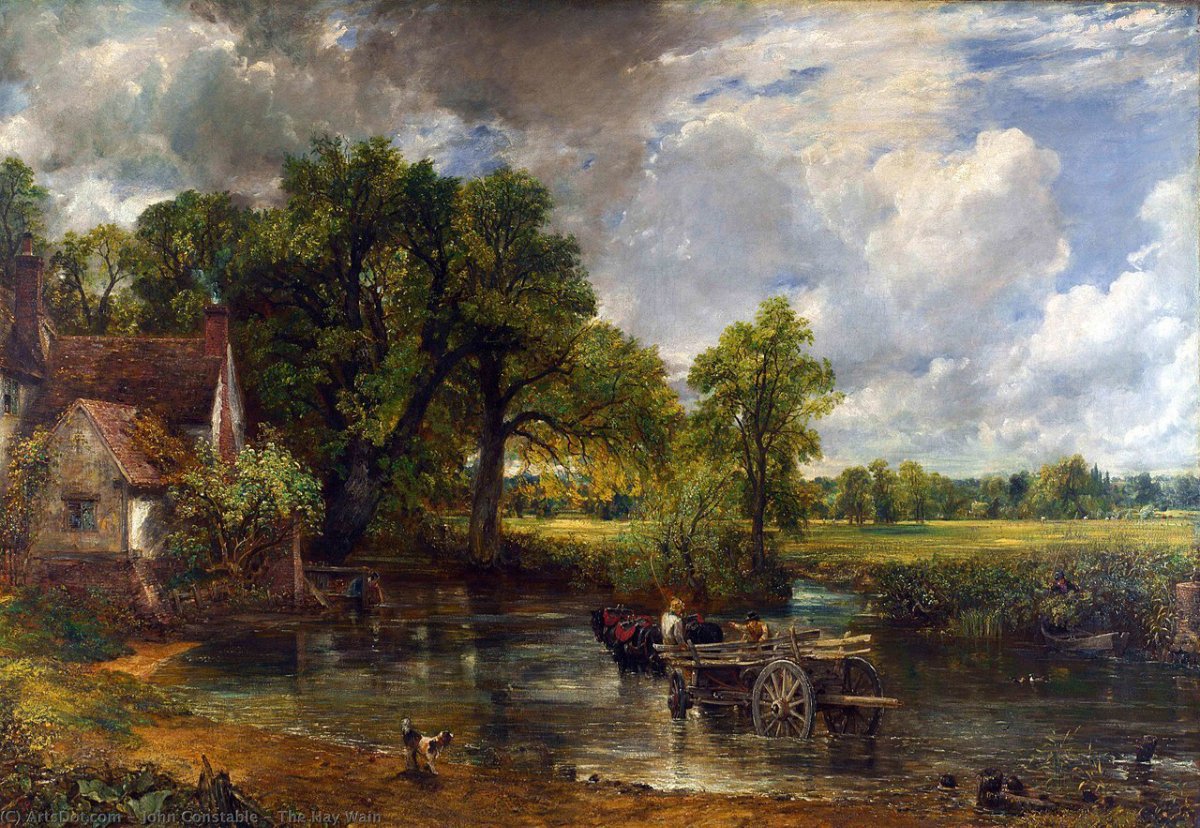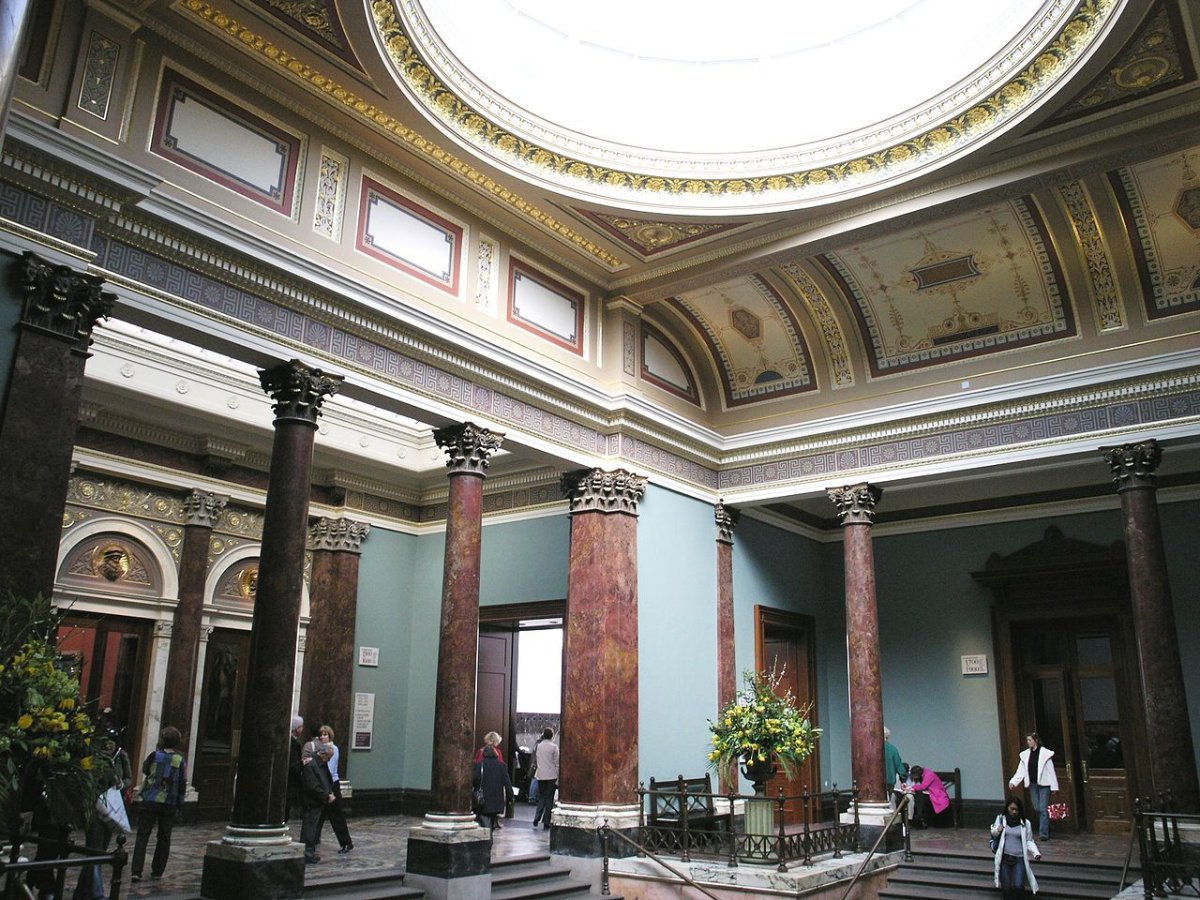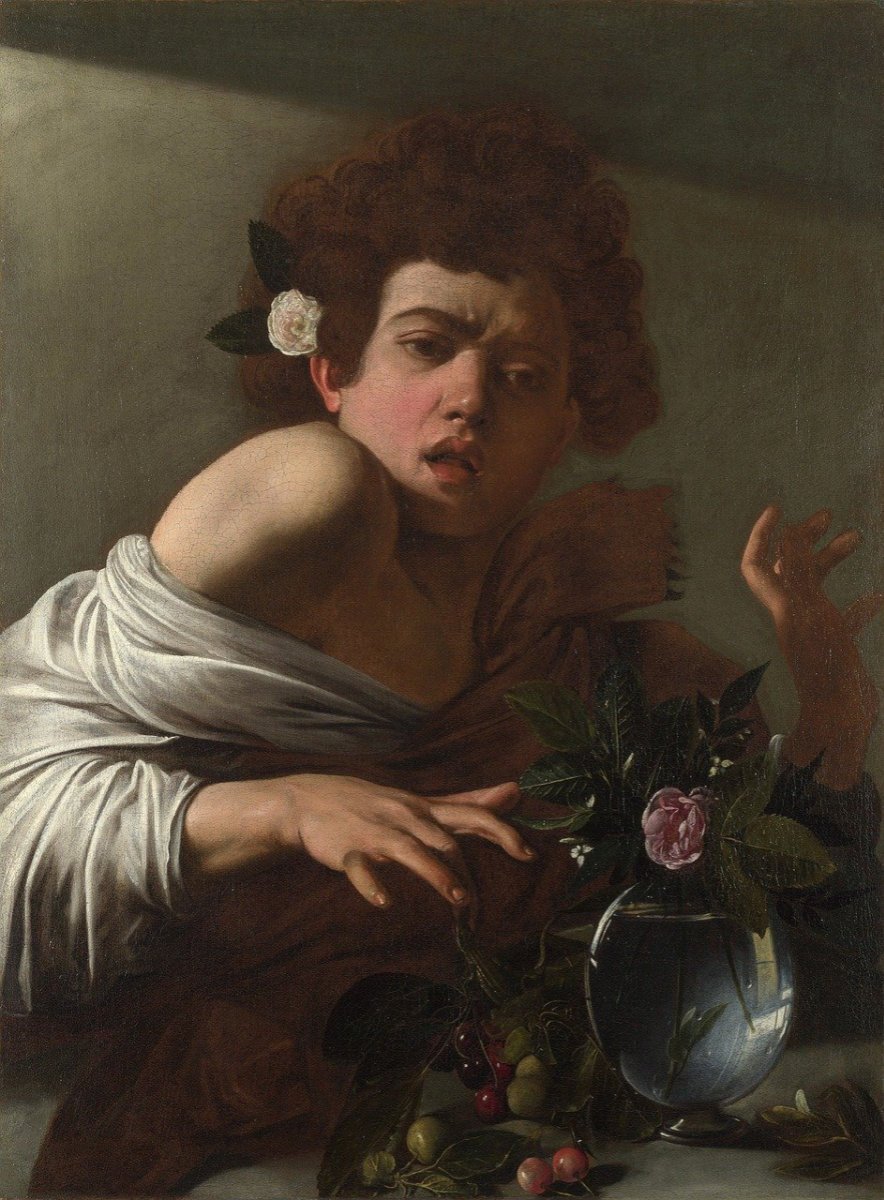
World Mental Health Day is on 10 October. This year, as we all try to navigate the emotional uncertainties of Covid-19, learning to manage our mental health is an essential skill. I hope this personal story helps to highlight the importance of finding and embracing some individual means of dealing with symptoms of poor mental health, whatever those individual traits might be. It may well be that comfort in times of difficulty comes from an unexpected source, as happened with me a few years ago …
As I took in the image before me for the first time, I was struck by how large the painting actually was, much bigger than I had imagined. My eyes wandered over the famous scene – the rustic, red-roofed mill nestled under the trees that frame the riverside setting, as the horse-drawn wagon grinds its way across the ford to the toiling haymakers on the other side, and the towering cumulus clouds in that marvellous expanse of sky.

Standing close to the canvas, I was enthralled by how, when viewed a few paces back, the intricate maze of brush strokes could magically transform into this beautiful scene. The details were fine enough to produce an image of almost photographic quality, so that I had to remind myself that I was actually looking at a painting crafted by human hands. I was mesmerised in a way that totally shocked me and I remember the words going through my head, “My god, he really was a genius”.
That was my first real-life encounter with John Constable’s The Hay Wain at the National Gallery in London. My mother had told me I ought to go and see it – “it is so famous!” I had not been convinced that it was anything special from the books I had seen; just another dull chocolate-box landscape scene. The impact of seeing it in person revealed how short-sighted and cavalier I had been towards this masterpiece, and towards art in general.
Of course, I had seen paintings before – dusty old collections in country houses. But I had never been able to see the beauty in them or understand why art is such a ‘big deal’.
But this time it was different because I was different. I had just received my diagnosis of Cyclothymia (a rapid-cycling bipolar disorder) and was negotiating a new world, one in which all my foundations had been ripped from under me, in the realisation that I would have to manage this illness for the rest of my life. I was searching for something to steady me, although I didn’t know it at the time.
My visit to the National Gallery was a spur of the moment thing. I was staying in London with friends for a few days as part of my recovery from a recent debilitating episode of depression, and had decided to do a few things that I’d never done before. The gallery was simply on my list.

The National Gallery is a very imposing building and, walking up the main marble staircase, through the tall doors into the Central Hall, it was hard not to feel overwhelmed by its grandiosity. I quickly realised that this was a unique place, as I made my way through room after room of High Renaissance art by European masters I’d heard of, and many that I hadn’t. I got lost in the sensuousness of Titian’s portraits, Bassano’s biblical scenes and Tintoretto’s mythologies. I felt almost enveloped by the epic scale of Paolo Veronese’s majestic The Family of Darius before Alexander, and captivated by the exquisite details of Jan van Eyck’s The Arnolfini Portrait.
One of the most unexpected revelations during my visit was my response to the devotional art from the thirteenth to fifteenth centuries. Not revelatory in any religious sense, but the opulent golds, blues, reds and greens of the naïvely painted figures and imagery had a powerful effect on me. I was beginning to appreciate how colour can ignite the senses – an aspect that cannot have been lost on the medieval painters and craftsmen who created the altarpieces to inspire a sense of the divine in the populace.
Art is not just about looking, it is about immersing ourselves in the details of what is around us, really seeing colours, textures, light and dark. Just across the room from John Constable’s glorious landscapes hang several of JMW Turner’s atmospheric canvases. In The Fighting Temeraire, the illuminating effect of his use of warm oranges and yellows to create that impressionistic sunset against the cold blue of the darkening night sky is hard to put into actual words.
Meandering between rooms, I found myself amongst the inevitable crowds surrounding the paintings of the Impressionists. Many people are attracted to the romanticism of Claude Monet and the vibrancy of Vincent van Gogh, and I was not expecting to be any different. But what captured my imagination was the frenzy of brush strokes apparent in many of Van Gogh’s paintings, in particular, his Long Grass with Butterflies. This feature of his style resonated strongly with me, as a fellow sufferer of mental illness. Perhaps it was a means by which he was able to outwardly express the deluge of anxious, frenetic thoughts racing through his mind during times of mania.
By the end of my visit, and in total contrast to when I had entered the gallery, I found that I was lingering longer and looking harder at the artworks before me. I became aware of a growing calm, not just in my surroundings, amidst the hushed tones of the other visitors, but also inside my own head. I had lost the urge to move through as quickly as I could in that kind of tick-box exercise that tourists carry out. I began to slow down. Moreover, my intellect was spiked by curiosity, as I began to wonder who all those ornately dressed portrait-sitters actually were. What myths and historic events lay behind the grand narrative paintings? And why did Caravaggio decide to paint a Boy Bitten by a Lizardof all things?

And that is the point. On this particular day, art began to generate in me the effects of renewal, inspiration and healing that are so important to mental recovery. By taking my time, becoming curious and paying attention to detail, I was practising a natural kind of ‘mindfulness’, a therapy which my psychiatrist had been banging on about for months. I have since realised that this initial gallery visit in 2012 would lead to art playing a central role in my life – not only aiding my recovery from bipolar episodes, but also helping me to manage my condition long term. I had found ‘my thing’.
Over recent years, many mental health professionals have highlighted the benefits of mindfulness through art, whether art appreciation or creative activities. Leaders of cultural institutions have also begun to realise the potential of their collections to provide and support positive mental wellbeing in the wider public. A 2018 study by Art Fund, the UK’s leading art charity, found that regularly visiting museums and galleries significantly increases levels of happiness and life satisfaction, whilst reducing feelings of stress and anxiety. The resulting report referred to cultural institutions as “the UK’s untapped wellbeing resource”.
In light of this, it’s not surprising that my gallery visit that day was so unexpectedly transformative. Nowadays, I engage with art in some way nearly every day, whether via books, online videos or websites. It is my means of pacing myself and warding off mental health crises, grounding me when my mood is beginning to elevate too much and stimulating me when I am starting to feel down. Even in those dark, frightening days when the illness does take hold, I turn to art to aid my recovery when other activities, such as reading, are too exhausting, or too emotionally painful, which music can be. Somehow, I find comfort in observing all the colours and intricate details of a painting and, despite my irrational thoughts telling me otherwise, favourite artworks like The Cornfield by Constable or Titian’s The Assumption of the Virgin help to remind me to keep going – that there must be a point to my life when such beauty exists in the world.
So that is my story, and I feel lucky to have discovered the powerful relief that art gives me. But good mental health management applies to everyone, particularly in the worrying and uncertain times we are living through, which is why it is so important for us all to spend some time investigating and discovering exactly what rejuvenates, inspires and calms us. Whether it be art, poetry, gardening, fishing, or something completely different, make sure you find your thing. It might just save you in times of crisis.





